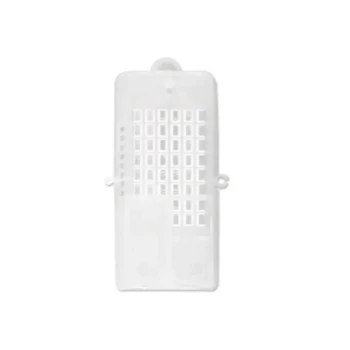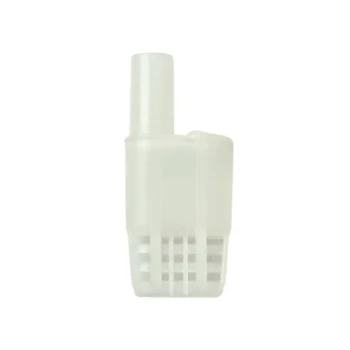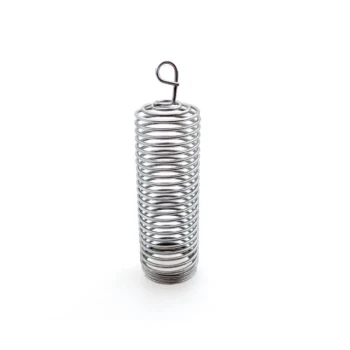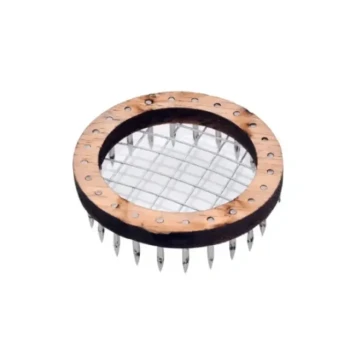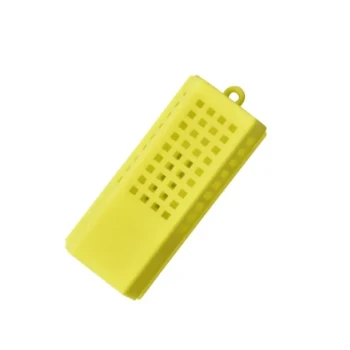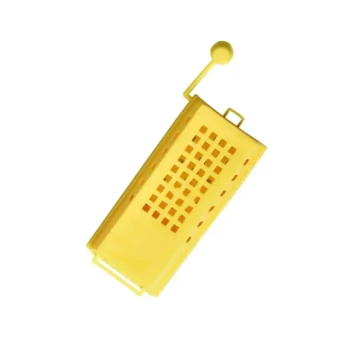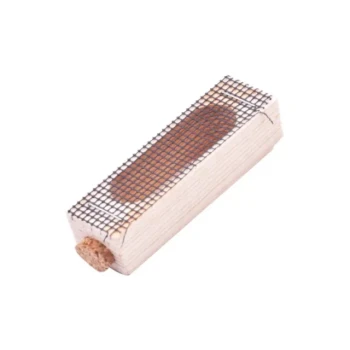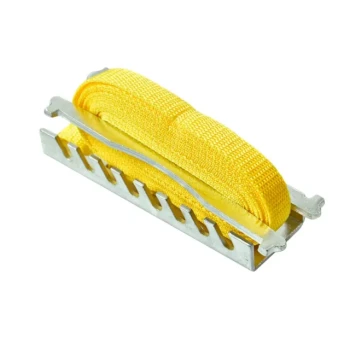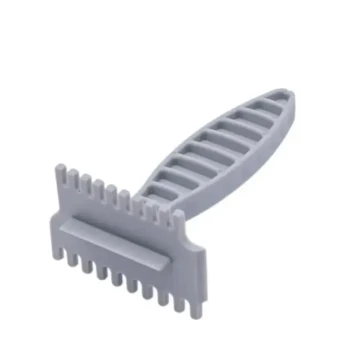Under ideal conditions, a new queen bee will emerge from her cell, complete her mating flights, and begin laying eggs in approximately 10 to 14 days. However, this timeline is highly dependent on factors like weather and the time of year. A more complete cycle, from the queen's first egg to the emergence of her first adult worker bees, takes about five weeks in total.
Understanding the queen's mating timeline is a test of a beekeeper's patience. While a textbook 10-day timeline exists, real-world variables often cause delays. The key is to know the stages and resist the urge to interfere too early.

The Queen's Journey: A Step-by-Step Timeline
A new queen does not begin laying eggs the moment she emerges. She must go through a critical and perilous journey of maturation, mating, and preparation first.
Day 0: The Queen Emerges
A queen emerges from her peanut-shaped queen cell approximately 16 days after the egg was originally laid. Her first tasks are to announce her presence and eliminate any rival queens in the hive.
Days 3-6: Hardening and Orientation
The new queen is not immediately ready to fly. She spends several days inside the hive maturing. Her exoskeleton hardens, and she will take short orientation flights to learn the location of her colony.
Days 6-10: The Mating Flights
This is the most critical period. The virgin queen will leave the hive on one or more nuptial flights to a "Drone Congregation Area," where she mates with multiple drones (typically 10-20) in mid-air.
Days 10-14+: Starting to Lay
A few days after successfully mating, the queen's ovaries will develop, and she will begin to lay eggs. Her initial laying pattern may be scattered, but it should quickly become a consolidated, recognizable brood pattern.
From First Egg to New Worker Bees
The timeline mentioned in some resources of 5-6 weeks does not refer to the queen's mating, but to the full cycle required to produce her first generation of offspring.
The 21-Day Brood Cycle
A fertilized egg laid by the queen takes 21 days to develop into an adult worker bee. This cycle consists of the egg, larva, and pupa stages.
The Complete 5-6 Week Cycle
When you combine the queen's timeline with the worker brood cycle, you see the full picture. It takes roughly 2 weeks for the queen to emerge and start laying, plus 3 weeks for her first workers to develop. This results in the 5-6 week total timeline before the colony's population begins to replenish.
Understanding the Trade-offs and Potential Delays
The 10-14 day mating timeline is an ideal, not a guarantee. A beekeeper must be aware of common issues that can extend this period or lead to failure.
The Impact of Weather
This is the single most significant factor. A virgin queen cannot fly in rain, high winds, or cold temperatures. A week of bad weather can delay mating flights indefinitely, significantly increasing the risk of failure.
Time of Year
As noted, the mating period can extend considerably in the autumn. This is due to a combination of less stable weather and a dwindling population of available drones to mate with.
Mating Failure
The queen's journey is perilous. She can be eaten by a predator during her flights or fail to mate with enough drones. An inadequately mated queen may begin laying but will fail quickly, while an unmated queen will only lay unfertilized eggs, which develop into drones. A hive with only a drone-laying queen is doomed.
The Beekeeper's Impulse to Interfere
Frequent hive inspections during this sensitive period can be counterproductive. Disturbing the colony can cause the bees to reject or harm the virgin queen, a behavior known as "balling." Patience is paramount.
A Beekeeper's Guide to Patience and Observation
Your actions should be guided by careful observation and an understanding of this timeline. Resist the urge to intervene unless you have definitive proof of failure.
- If you have just installed a new queen cell: Wait at least three weeks before doing a thorough inspection for eggs. This gives her ample time to emerge, mate, and begin laying, even with minor delays.
- If you are concerned about a queenless hive: Look for signs of failure after about 3-4 weeks from when the queen should have emerged. The definitive sign of failure is a hive full of multiple eggs per cell or only drone brood.
- If you see a solid, healthy brood pattern: Your work is done. The best proof of a healthy, accepted queen is not seeing her, but seeing the results of her work.
Trust the process and give your queen the time she needs to secure the future of the colony.
Summary Table:
| Stage | Timeline (Days) | Key Activity |
|---|---|---|
| Emergence | 0 | Queen emerges from her cell and eliminates rivals. |
| Hardening & Orientation | 3-6 | Queen matures inside the hive and takes orientation flights. |
| Mating Flights | 6-10 | Queen leaves the hive to mate with multiple drones. |
| Start Laying Eggs | 10-14+ | Queen begins laying eggs after successful mating. |
| First Worker Bees Emerge | ~35 | Full cycle from egg-laying to adult worker bee emergence. |
Ensure Your Queen's Success with the Right Equipment
A successful queen-rearing season depends on healthy colonies and reliable equipment. HONESTBEE supplies high-quality beekeeping supplies and equipment to commercial apiaries and distributors through wholesale-focused operations. We help you build stronger hives, leading to more productive queens and thriving colonies.
Let our expertise support your operation.
Contact HONESTBEE today to discuss your wholesale needs and how our durable, dependable equipment can contribute to your beekeeping success.
Visual Guide

Related Products
- Jenter Queen Rearing Kit Complete Set for Bee Breeding
- Nicot Queen Rearing Kit for Beekeeping and Grafting in Nicot System
- No Grafting Queen Rearing Kit: System for Royal Jelly Production and Queen Rearing
- Professional Multi-Functional Queen Bee Cage
- Multi-Function Queen Roller Cage and Catcher
People Also Ask
- What were the size differences among queens reared from worker larvae? Maternal Origin Determines Queen Size
- Why is raising queens beneficial for beekeepers? Gain Control Over Genetics and Costs
- What happens to the colony population during the 5–6 weeks after a new queen emerges? Understand the Natural Dip and Rebound
- What is queen rearing in beekeeping? Take Control of Your Apiary's Genetics
- What genetic pathways differ in QE-queens? Unlocking the Master Controls of Queen Bee Biology



